10 Ways to Make Your Travel More Sustainable
Travel adds a lot of value to life, but it uses resources as well. Here are some suggestions to make your travel a little more sustainable and limit your negative impact while you explore the world around you.
Little shifts can make a big difference!
And there’s a big benefit to you as well: sustainable actions often immerse you in the local culture and help you notice little things, which is part of the true joy of travel.
10. Trade Fast Food for Local Eats
The whole aim of traveling is to go somewhere new and experience new cultures. Traditional food and cultural experience are interlinked.
Not only does walking into a familiar fast food restaurant take the money you spend out of the local economy, but also traditional restaurants may use locally grown crops, which have a far smaller carbon footprint than goods used by most common fast food chains.
The vast distribution of products in chain restaurants means lots of carbon emitting travel time on the part of your French fries. Not only that, the excessive packaging on fast food accounts for an estimated 40% of all litter, which can be even trickier to dispose of in a country where you are not familiar with the recycling practices.
Asking about a local farmer’s market and buying fresh produce both helps you dive deeper into the culture and supports organic and sustainable growing methods. Plus, it’s yummy and provides you an experience more tailored to the area you’re visiting!
9. Trade Wheeling Around for Walking Around
The largest carbon footprint you make on any relatively long distance trip is likely your plane ride. Frequently the plane ride is unavoidable, and flying is becoming quicker and more easily accessible by the day.
However, it is important to check on methods of alternate travel both getting to your destination and while you are there.
If your destination is fairly close, opting for a train ride can lessen your to/from environmental impact.
When at your destination, avoid renting a car and instead get to know the local public transportation to avoid excessive carbon emission and energy usage.
Relying on taxis or your rental car to get you around your new location emits greenhouse gasses galore. Other methods of travel such as walking, cycling, or taking a bus immerse you deeper into the culture of the city and town you are in by introducing you to local travel routes and giving you an opportunity to admire where you are on a deeper level than if you drove past it in a private car.
8. Trade Zoos for Sanctuaries
Visiting zoos, especially while traveling, is a grey area because it’s impossible to know how they treat their animals behind closed doors. You may find it particularly hard to get information in countries that don’t have an advisory like the Association of Zoos and Aquariums in the US.
To get your fix of animal sightseeing indoors, try making your visit instead to animal sanctuaries working to breed and rejuvenate populations of endangered species in the area.
You’ll to get to know the animals, yet also benefit projects that have a direct positive impact on the ecosystem. One great example is the Condor Huasi project outside of Quito, Ecuador; up in the Andes they work to breed Andean Condors and introduce their offspring into the wild.
However, if you are set on finding a zoo, ensure that they have an AZA Accreditation if they are in the US, meaning that they meet the AZA’s strict standards for zoo maintenance and animal accommodation.
7. Trade Tacky Souvenirs for Local Treasures
Local markets in foreign areas are great for meeting new people and gaining a deeper understanding of the culture. But approaching them not understanding the impact of your choices can lead to a suitcase full of environmentally dreadful souvenirs.
In order to avoid negative impacts on our natural resources, tourists must be informed of potential pitfalls of their purchases.
For example, the hair of the Tibetan Antelope is used to make a high fashion scarf in the region called the Shahtoosh. Traders have taken to telling clients and tourists that hair found on bushes and bark is used to make the scarves, when in actuality, the endangered antelope must be killed in order to harvest their hair.
Before purchasing, head to the WWF website for a list of products commonly used in souvenirs that you must avoid.
In general, skip products made from animals and instead opt for local crafts so that you can have a positive environmental impact and bring home something truly special – without packaging, shipping, or other additional waste.
6. Trade nightlife for wildlife
Photo from the author, Emily
A trip out to any national park near your location benefits the parks service of the area.
A trip dedicated to the city is beautiful and inspiring in its own way, but it is hard to find ways to make your trip worthwhile in regards to benefiting the natural landscape and ecosystem.
National parks are referred to as “America’s best idea”, but the parks aren’t only in the US. Nearly 100 countries around the world have national parks, all dedicated to preserving the pristine landscape of the area.
Any park you find will have trail maps with easy hikes for day trips outside wherever you happen to be staying.
As a bonus, many are cheap or even free and have great opportunities for amazing instagram photos!
5. Trade disposable for reusable
On long plane rides, at high altitudes, in the heat, and everywhere in between, staying hydrated while traveling is key to staying healthy and happy for the duration of your trip.
An easy and healthy way to travel a bit greener is to bring with you a reusable water bottle from home. Having a bottle with you both reminds you and your fellow travelers to keep hydrating and saves you from having to buy any kind of wasteful plastic water bottle.
Barring any country or city that does not have reliable or safe water to fill your bottle, keeping a reusable bottle with you is both more convenient and more eco-friendly.
In general, reusable items beat disposable everyday. Skipping plastic straws and carrying a reusable shopping tote are other easy ways to minimize your impact without having any negative effect on your experience.
4. Trade Outdated Hotels for Green Options
Photo from the author, Emily
Finding a hotel with a green program certification from LEED, or another environmental accreditation program is an easy way to decrease your energy and water consumption wherever you stay.
In the United States, hotels represent more than 4 billion dollars annually on energy consumption. The USGBC (U.S. Green Building Council) gives the LEED rating to hotels and other buildings who meet their standards for effective energy consumption, improved air quality, locally grown food and the like.
The Green Hotel Association claims that 75% of the negative environmental impact posed by hotels as a group is due to excessive consumption of resources.
When staying in hotels, checking for the LEED certification is the most effective way to ensure that your stay isn’t putting more stress than necessary on the environment.
Outside of the US, hostels and other shared accommodation are a great way to use fewer resources … and also meet other travelers!
You will find hotels all over the world taking steps to be more green and waste fewer resources – support their efforts by staying at one, and you might find it’s also a great local cultural experience.
3. Trade Smoggy Fumes for Carbon Offsets
Once you’ve determined that flying to your destination is the only option, from there your best bet to continue to decrease your emissions is to strive for a non-stop flight that will have lesser emissions than any with a layover. This is due to the fact that takeoff and landing require the most energy.
A growing industry related to flying is called a carbon offset program. This involves choosing an organization to calculate how much carbon your travel emitted (for example, a flight from San Francisco to Paris is 4.5 tons).
They then calculate how much money you owe to a certain organization to prevent 4.5 tons of carbon from entering the atmosphere in the future.
A common misconception about these purchases, however, is that you therefore take your 4.5 tons out of the atmosphere. These purchases are to offset your carbon output, but can’t take any out of the environment for you.
2. Trade your Clunky Case for an Easier Option
Lugging around a huge suitcase, especially on long flights, uses lots of fuel. It also may cause you to rely on taxis or cars because it makes it harder to walk or take public transport.
Do you really need to bring everything you own? Do you need that third pair of shoes “just in case”?
Pack half the stuff, carry half the bag, and make your trip easier on your back while lessening your carbon footprint.
Read our guide to choosing the best travel bag for your trip
1. Trade your Long Haul for an Immediate Explore
Photo from the author, Emily
Traveling half-way around the world is fun, but it’s also expensive and time-consuming… and uses a lot of fuel to get there.
Instead of thinking of travel as an all-or-nothing blowout, consider taking a short trip to somewhere nearby.
A day trip to a national or state park near home, a hike in your home town, or an overnight or weekend trip to stay with friends or friend-of-friends can be a great way to have an impactful travel experience with almost no carbon footprint.
It will be easy on your wallet and your calendar too!
 About the Author
About the Author
Emily is a high schooler from California who enjoys volunteering abroad and educating about sustainability. She curates and creates science curricular materials at redwoodcurricula.weebly.com.
For further reading:
Eco Travel: How to become a no-footprint traveler
What to know about donating when you travel

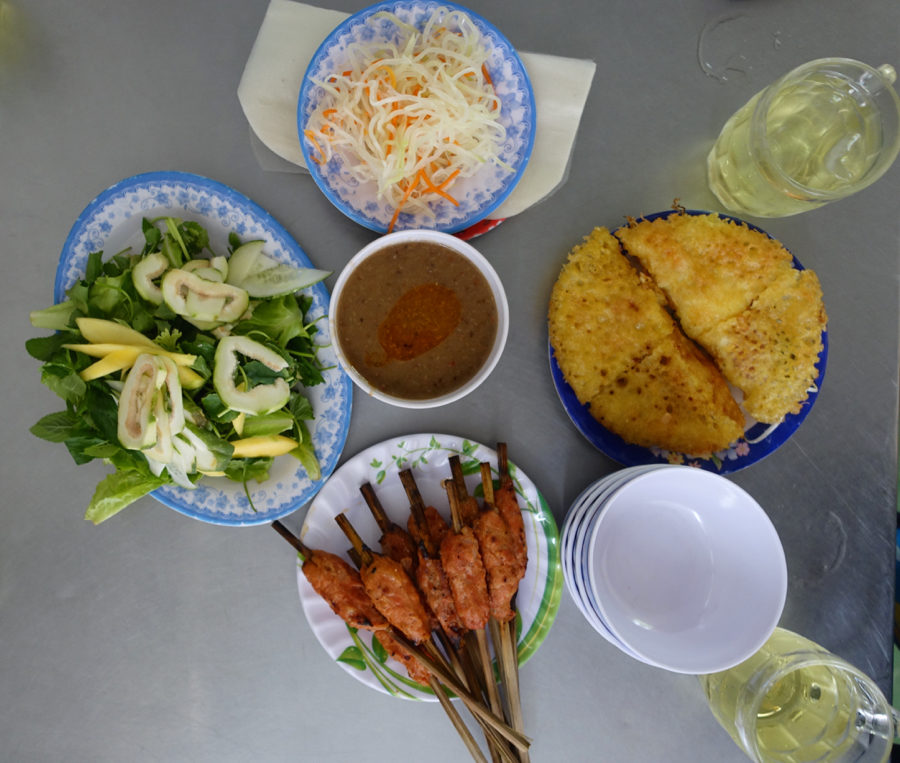
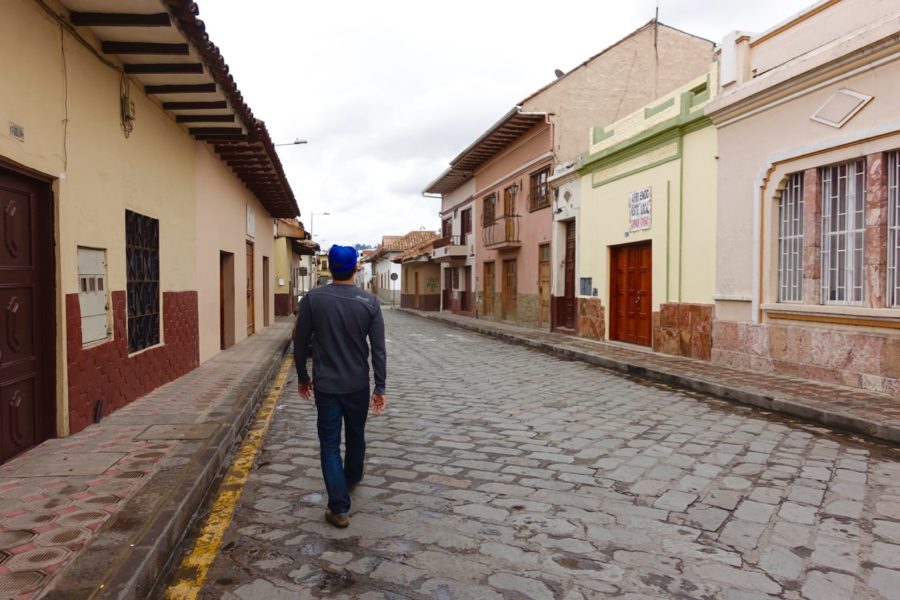
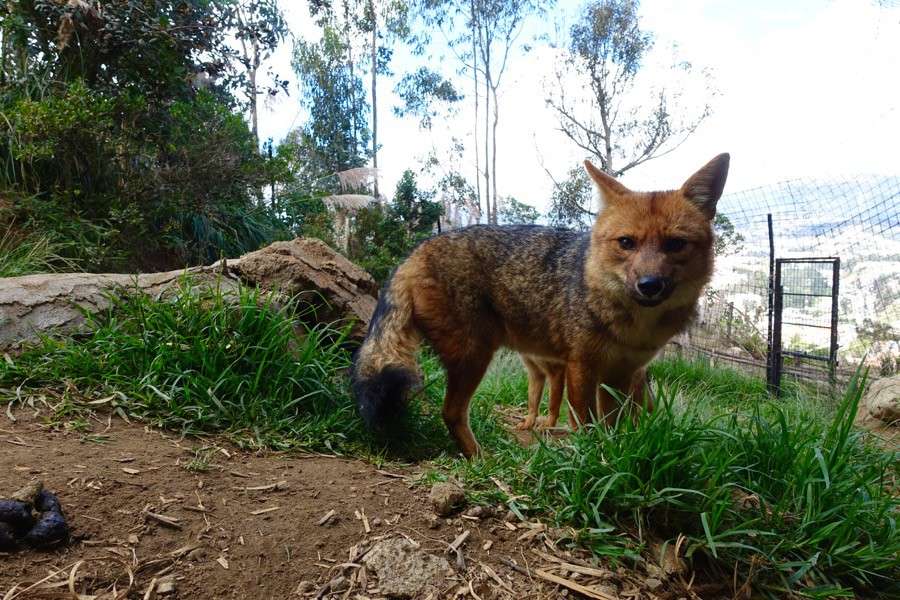

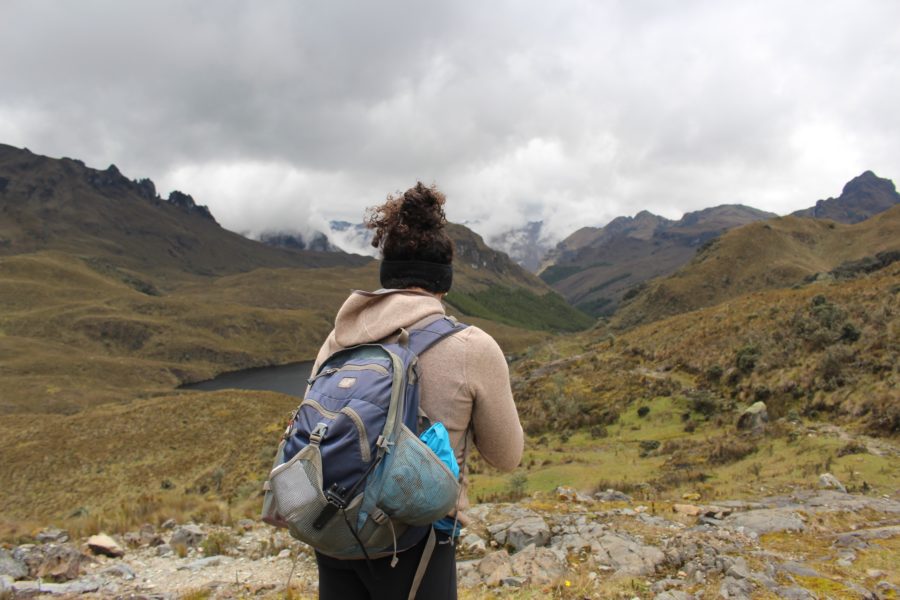
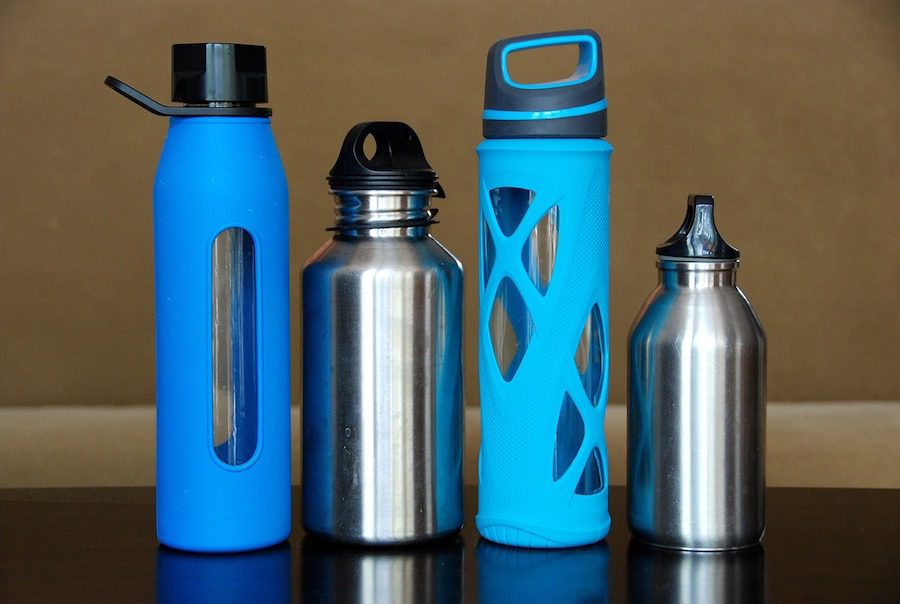

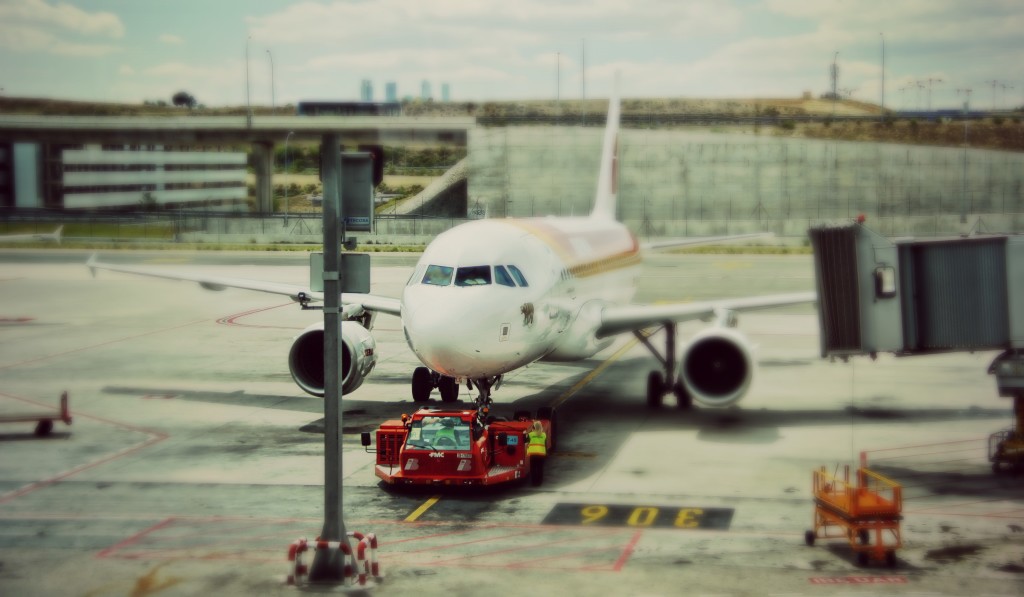
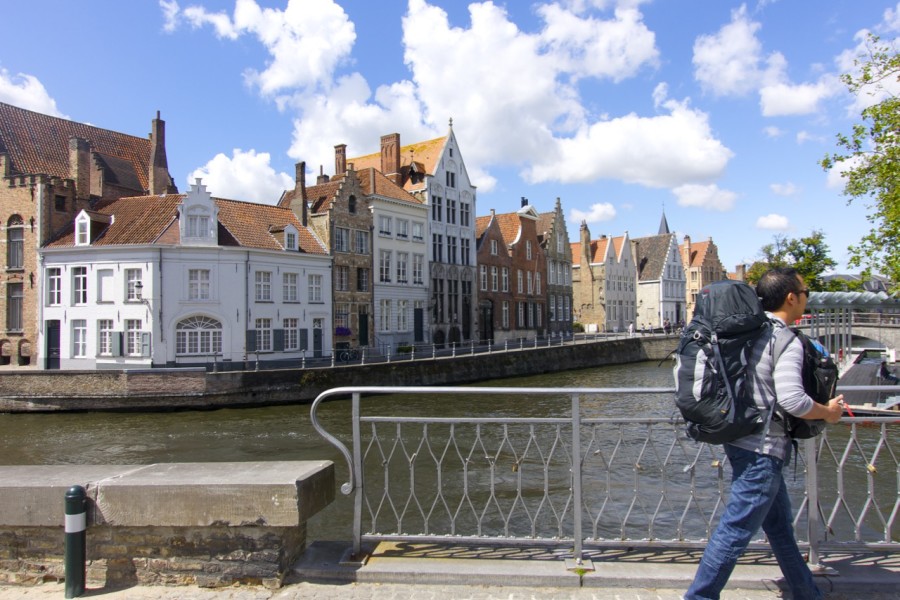






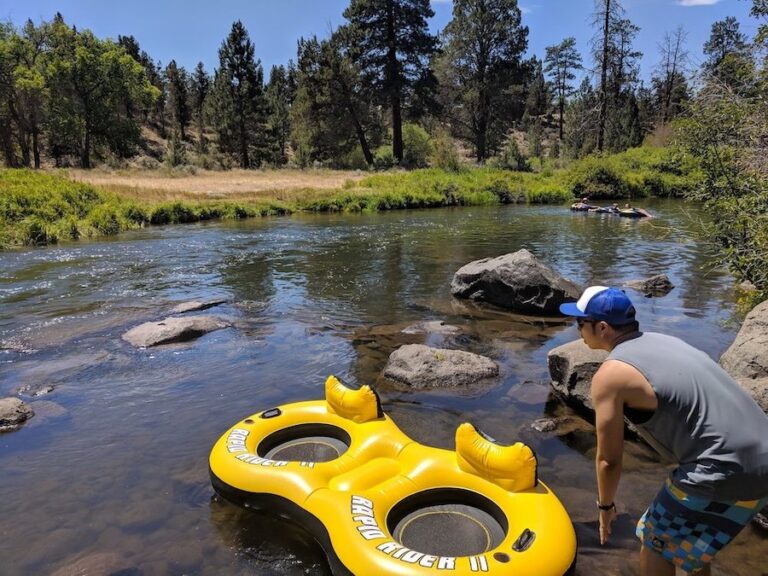

I couldn’t agree more with your post and tips. I really awesome read. I always trade souvenirs with local treasures!
Great post! I feel so guilty whenever I fly. All of the effort I put into refusing plastics goes out the window with one plane ride… one day, I want to take a boat across continents like my permaculture “floating seed” does! For now, I try to travel slowly by staying put in one place for a long time and avoid using flights when possible.